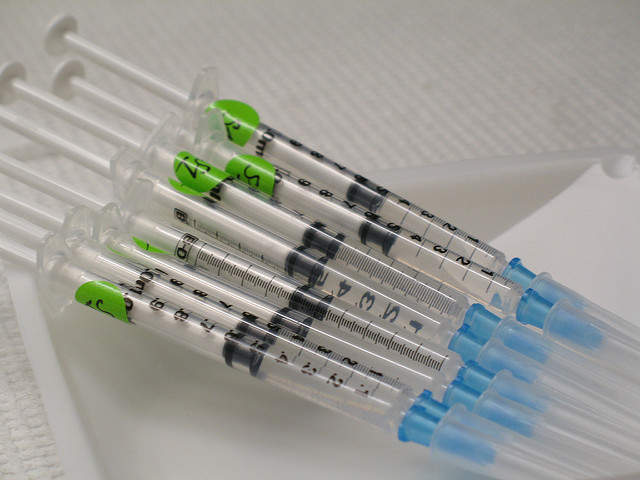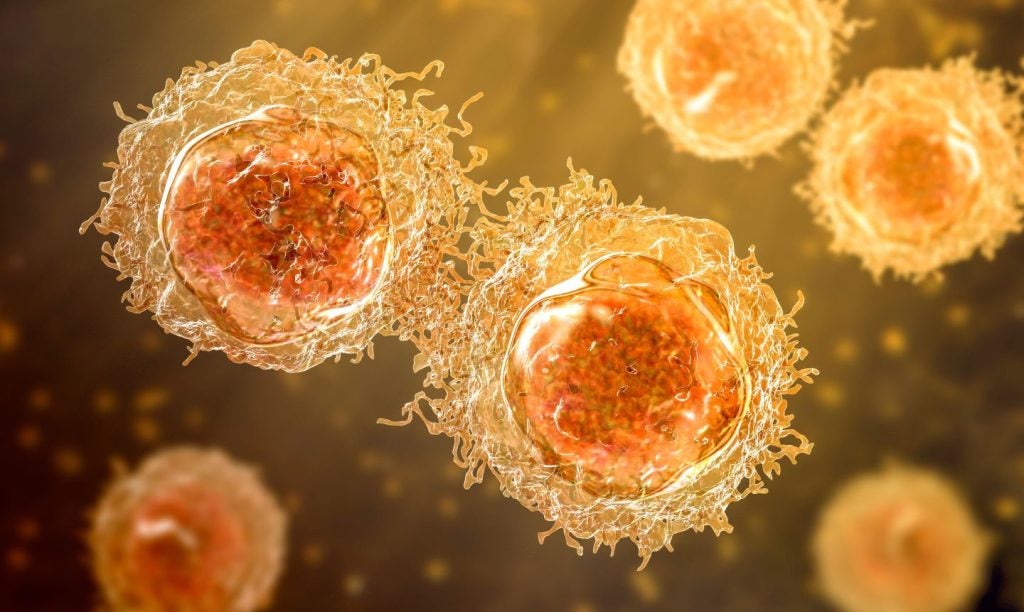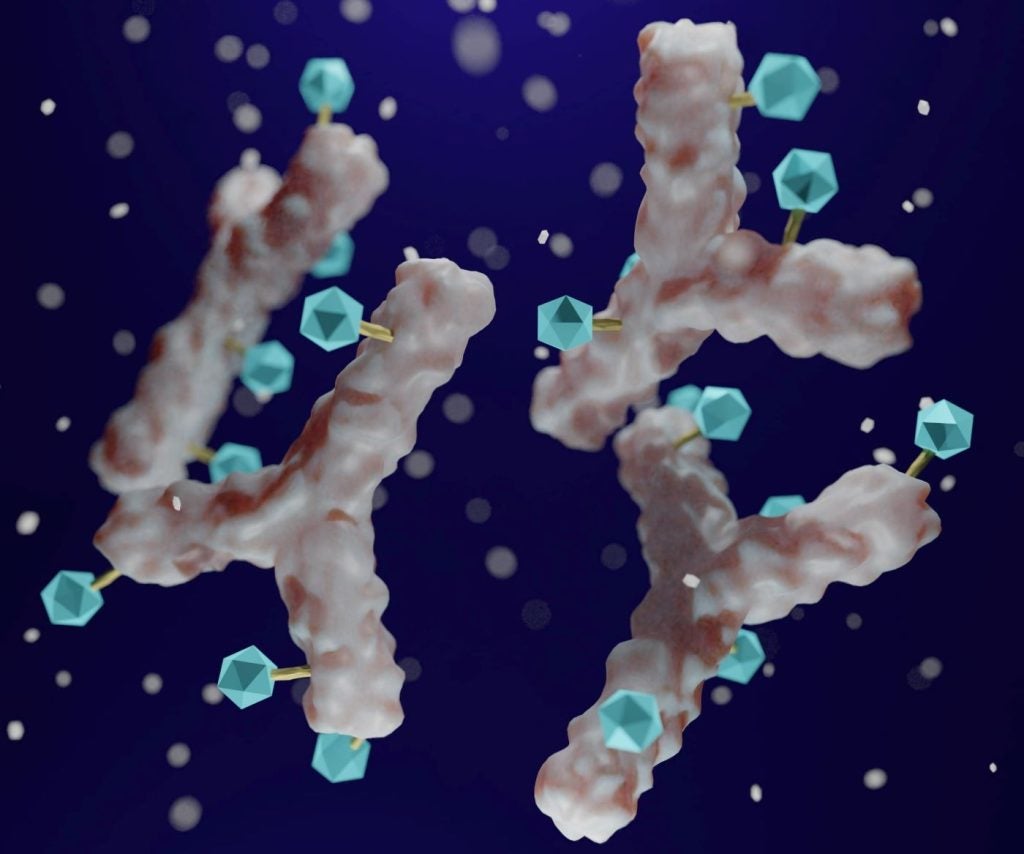
Researchers from centres in the United States, Switzerland and Spain have discovered that image-guided injections of a melanoma immunotherapy could be used to treat late-stage liver tumours.
The study demonstrated that talimogene laherparepvec (T-VEC), an oncolytic virus therapy made using a genetically-modified strain of the herpes virus, stimulates the immune system when administered into active cancer, causing the destruction of cancerous cells throughout the body. T-VEC’s maker Amgen was a sponsor of the study.
In current use T-VEC is injected into melanoma tumours, replicating inside the diseased cells and causing them to rupture and die, while avoiding healthy cells. Though researchers are unclear as to the exact mechanism of T-VEC, they believe it stimulates a response from the immune system through releasing antigens shed from the tumour cells, as well as the protein GM-CSF. This protein stimulates white blood cell production and can prevent neutropenia following chemotherapy.
Researchers across the study sites treated 14 late-stage cancer patients with liver metastases, including those with cirrhosis. Image-guided injections were administered in escalating doses of T-VEC, up to the maximum FDA-approved dose for melanoma. The size of patients’ lesions dictated the injection volume given. Findings demonstrated the high tolerability of the treatment, with only expected side effects such as temporary flu-like symptoms.
“Advanced-stage liver tumours, including ones that have spread from other locations, have limited treatment options because the patients can be in poor health; further, the complex structure of the organ can make it difficult to target with standard approaches,” lead author of the study Steven S. Raman said.
“This minimally-invasive treatment offers patients a novel way to directly and indirectly attack the cancer cells.”
How well do you really know your competitors?
Access the most comprehensive Company Profiles on the market, powered by GlobalData. Save hours of research. Gain competitive edge.

Thank you!
Your download email will arrive shortly
Not ready to buy yet? Download a free sample
We are confident about the unique quality of our Company Profiles. However, we want you to make the most beneficial decision for your business, so we offer a free sample that you can download by submitting the below form
By GlobalDataPatients will be monitored for up to two years, and next-stage studies for the drug are under development. Additional investigations are also planned to examine the drug’s efficacy in combination with a checkpoint inhibitor to stimulate a stronger immune response.
“Image-guided treatments have expanded the options available for patients with liver cancer from innovative approaches to biopsies to resections to chemo,” said Raman.
“This is an exciting way to look to the future, but patients living with advanced liver cancer should understand that this treatment will not be available for several years, except through clinical trials.”
The early nature of the study and the small number of patients tested has led researchers to warn that understanding of the treatment is, for now, somewhat limited.
Findings were presented at the Society of Interventional Radiology’s annual meeting.







